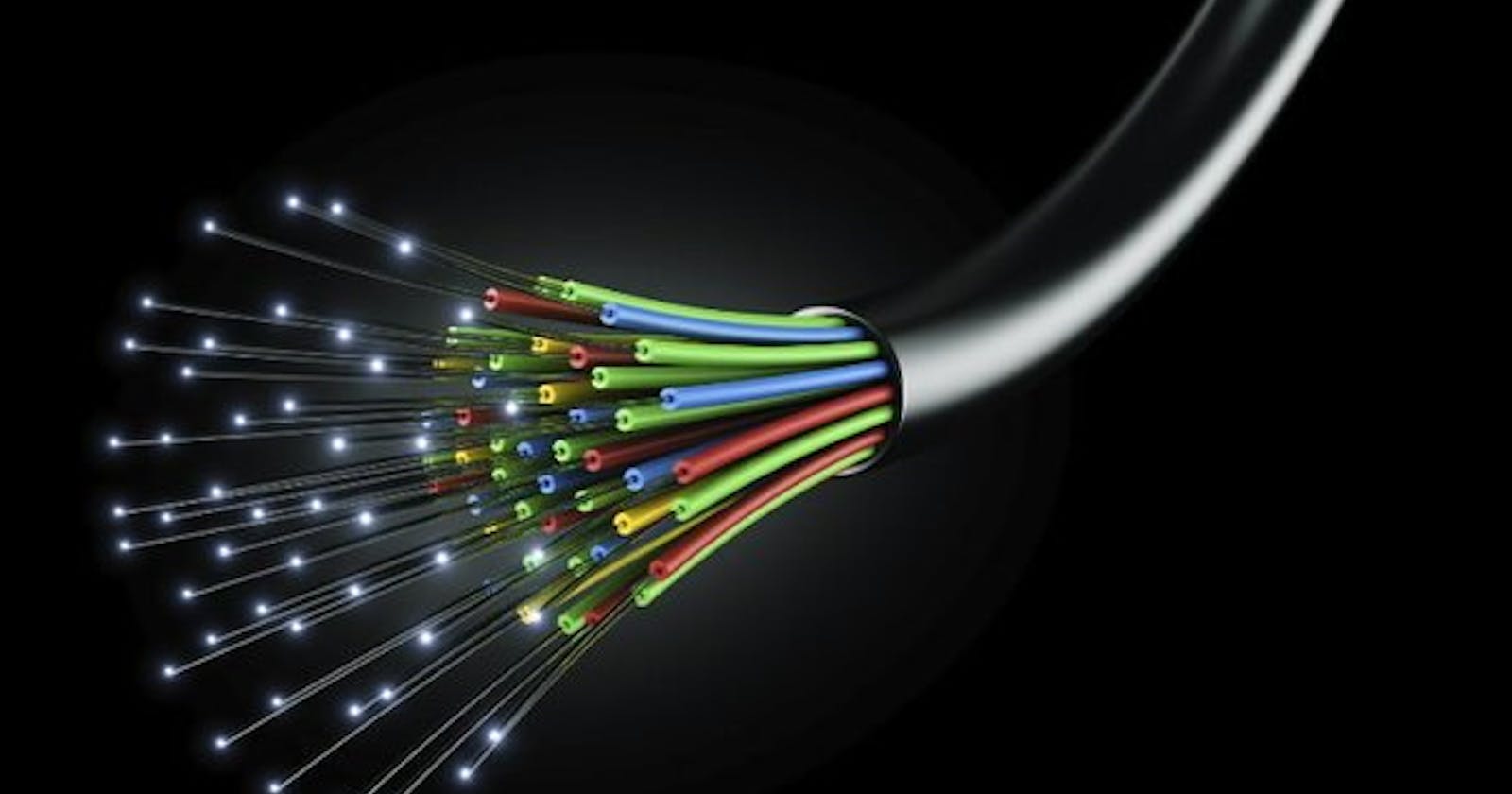An introduction to the Internet
We first need to understand a network before we can understand the Internet. A network is a group of computers or other devices that are connected to each other. For example, you might have a network in your home. The neighbor next door may have the same network of devices as you do. The neighbor next door may have the same network. The Internet is formed when all these networks connect to each other.
A network of networks makes up the internet.
As a means of creating a decentralized communication network that could withstand nuclear attack, the United States Department of Defense developed the internet in the late 1960s. Throughout the years, it has developed into a complex and sophisticated global network.
Today, the internet is an integral part of modern life, used by billions of people to access information, communicate with friends and family, conduct business, and much more. The internet and the various technologies and protocols that support it are essential to the success of a developer.
An overview of how the Internet works
A set of standardized protocols governs how information is exchanged between devices and ensures that data is transmitted reliably and securely over the internet.
Networks of interconnected routers are the foundation of the internet, which directs traffic between different systems and devices. When you send data over the internet, it is broken up into small packets that are sent from your device to a router. Each packet is inspected by the router and forwarded to the next router along the path until it reaches its final destination.
There are a number of protocols used on the internet to ensure packets are sent and received correctly, including the Internet Protocol (IP) and the Transmission Control Protocol (TCP). TCP ensures packets are transmitted reliably and in the correct order, while IP routes packets to their correct destinations.
In addition to these core protocols, there is an array of technologies and protocols used for communication and data exchange on the internet. These include the Domain Name System (DNS), Hypertext Transfer Protocol (HTTP), and the Secure Sockets Layer/Transport Layer Security (SSL/TLS). It is vital for developers to comprehend how all these elements cooperate to allow communication and data exchange on the web.
SSL/TLS secures Internet communication
The SSL/TLS protocol encrypts data transmitted over the internet. It is commonly used to provide secure connections for applications such as web browsers, email clients, and file transfer programs
In SSL/TLS, certificates are used to establish trust between a client and server. They contain information about the server's identity and are signed by a trusted third party (a Certificate Authority).
Emerging Trends and Technologies in the Future
The following are some of the emerging trends and technologies that are shaping the future of the internet:
From cryptocurrency to supply chain management, Blockchain is a distributed ledger technology that enables secure, decentralized transactions.
You can help your applications and services take advantage of the latest capabilities by keeping up-to-date with these and other emerging trends and technologies.
In conclusion
Now that we've covered a lot of ground, let's take a moment to reflect on what we've learned:
Data is exchanged over the internet using a standard set of communication protocols.
Using standardized protocols, such as IP and TCP, the internet connects devices and computer systems.
Communication and data exchange over the internet are enabled by protocols, which allow devices and systems from different manufacturers and vendors to communicate seamlessly.
If you have any questions or comments, please feel free to leave them below. Thanks for reading.
